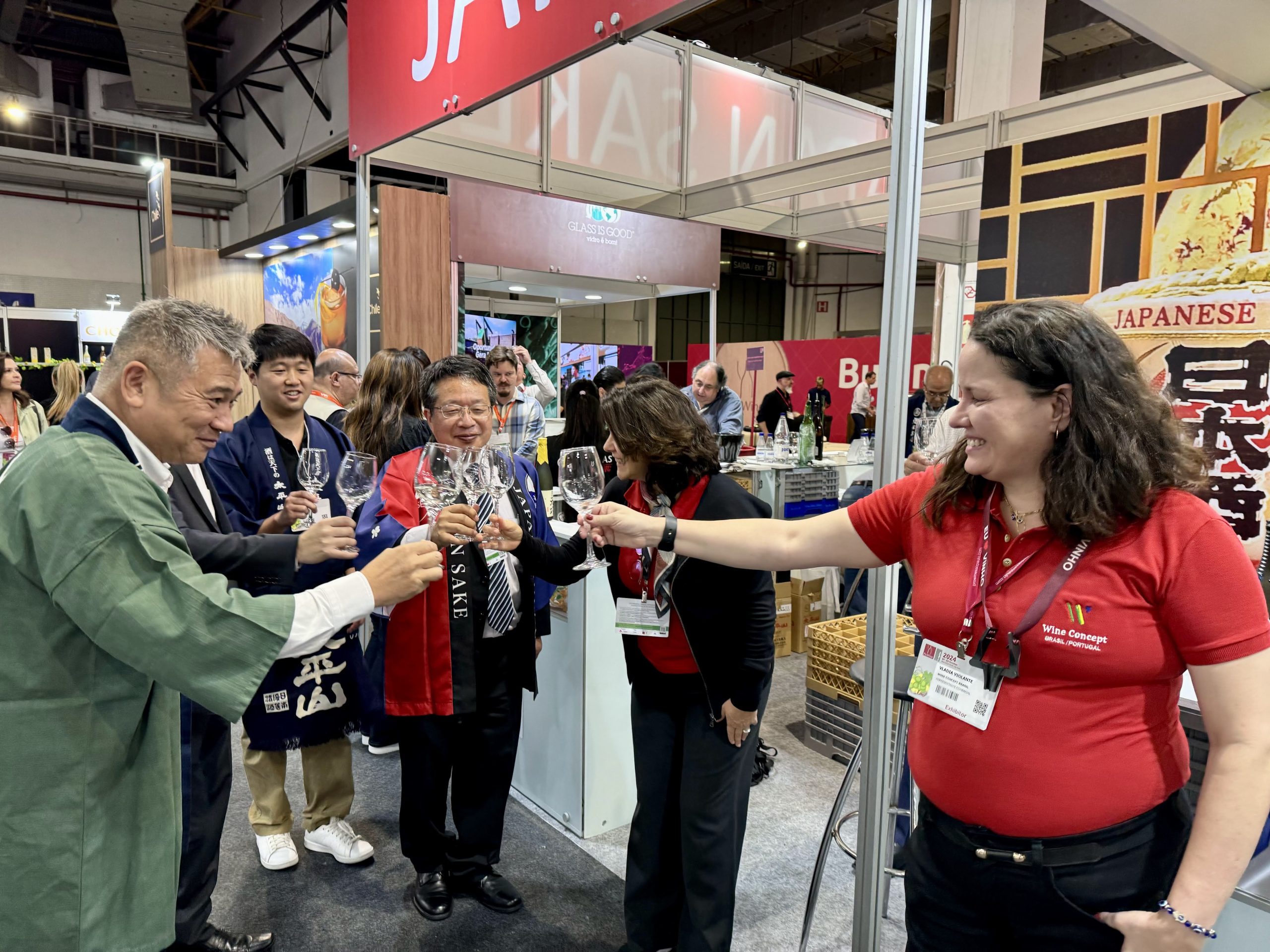European Commission publishes easy to read winemaking code
By Phoebe FrenchAfter the publication of new regulations to simplify and clarify EU winemaking procedures this year, the European Commission has published a detailed list of the International Organisation of Vine and Wine (OIV) approved oenological practices.
The European Commission stated that the object was to make the regulations “easier to read and to understand”, allowing winemakers to quickly comprehend the practices that are authorised in the EU.
The new OIV code, published in all the EU languages, follows the publication of new winemaking guidelines in June this year.
The guidelines were the “last step” in the process of aligning EU wine legislation to the Lisbon Treaty. They simplify the requirements necessary to make wine for sale in the EU while increasing the consistency between both the EU permitted oenological practices and the international code of approved procedures published by the OIV.
The June update amended the regulations surrounding the presentation and labelling of wine, authorisations for vine planting, checks to avoid fraud in the wine industry, vineyard registers, and documents needed to accompany imports and exports.
Partner Content
The European Commission’s new 63-page document lists common winemaking procedures, giving their definition, objectives and permitted EU prescriptions.
The document covers topics including carbonic maceration, use of sulphites, controlled oxygenation, tirage, acidification and de-acidification, fining and filtering procedures, and stabilisation and pasteurisation techniques.
The document can be viewed here.





Sulfiting or Sulphiting 3 times in there?!